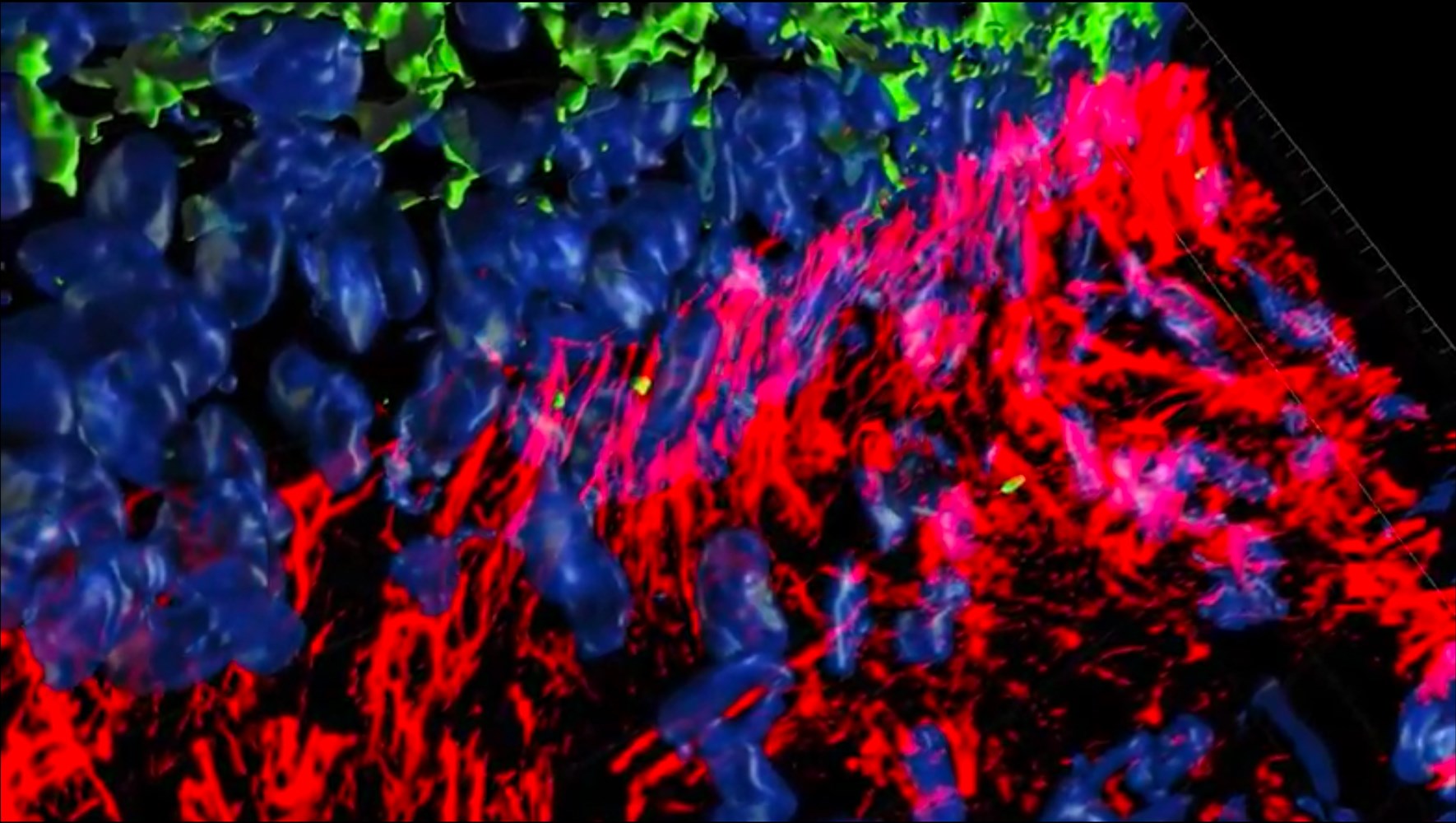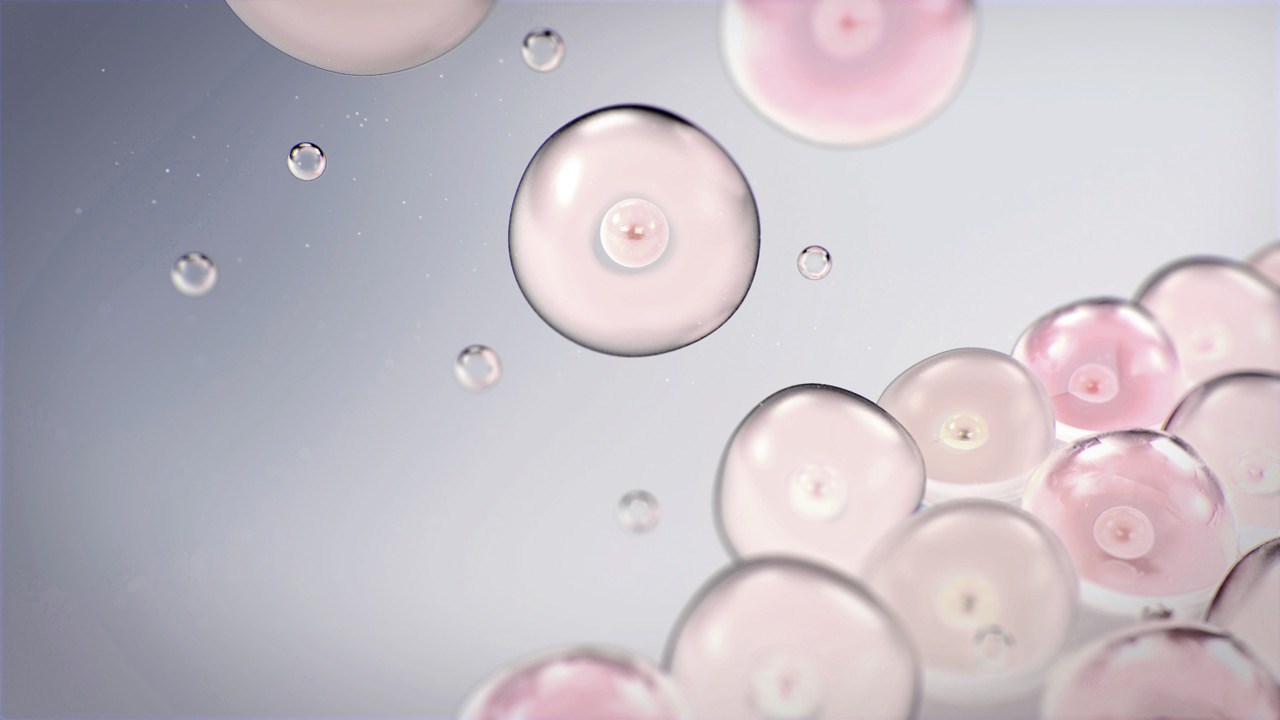LABSKIN DERMIS
When skin tissue engineering takes another dimension
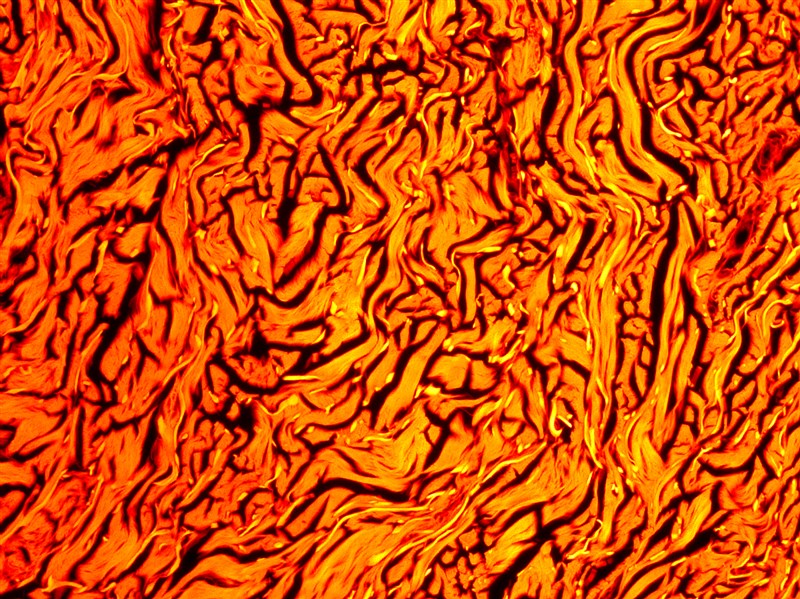
What is it About?
Human skin was the first tissue application to be successfully engineered in vitro.
Although a fully differentiated and keratinized epidermis can be produced in vitro at the air-liquid interface on acellular substrates, one crucial factor in skin tissue engineering is the construction of a living dermis with neosynthesized functional extracellular matrix to investigate adequately skin physiology.
By combining advanced cell culture techniques and ECM-biomimetic and -bioinspired scaffolding materials to support cell growth and 3D organization, LabSkin Creations developed a technological platform to produce human functional dermal compartment supporting epidermal growth.
LabSkin matriX®, grow your innovations
Based on the pioneered work of Dr. Odile Damour from Edouard Herriot Hospital, LabSkin Creations developed and optimised a biocompatible culture matrix the physico-chemical properties of which comply perfectly with 3D tissue engineering strategies.
This technology has been referenced in more than 80 peer-reviewed scientific publications.
LabSkin matriX® is a skilfully calibrated mix of bioinspired materials including collagen, glycosaminoglycans and chitosan.
Its composition, proportion and porosity have been optimised for years to recreate a conducive and physiological environment
that helps guide tissue repair.
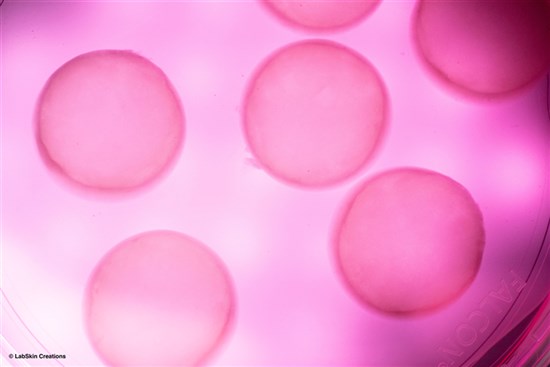
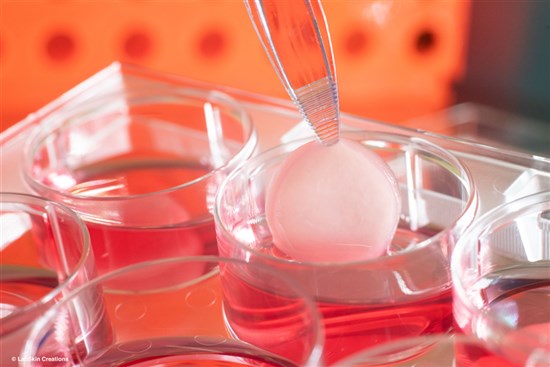
It comes in the form of a semi-rigid porous scaffold of different sizes, whose pore size enables the attachement and growth of cells in culture.
LabSkin matriX® consist of porous matrices which function as templates for dermal regeneration.
Culture matrix for dermal equivalents and reconstructed skin, LabSkin matriX® is a powerful and versatile tool
for demonstrating in vitro effectiveness.
The use of LabSkin matriX® as a dermal substrate allowed to recreate the first worldwide
3D full-thickness model expressing functional elastic tissue.
The versatility of LabSkin matriX® helps rigorously adapt the cell culture protocol to the research target.
Short-term or long-term effect, dermis, full-thickness skin, single or repeated dose, late or early action: everything is possible!
LabSkin SheetTM, scaffold free approach
Deeply inspired from the regenerative medicine field, LabSkin Creations developed a scaffold-free approach to recreate dermal compartment exclusively composed of skin cells.
This approach mitigates bias in the in vitro evaluation of biomechanical properties.
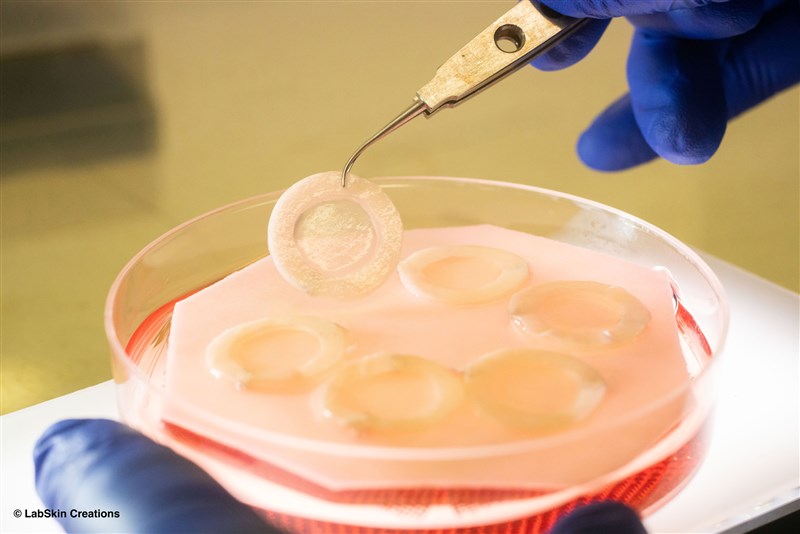
Without the influence of external matrix, LabSkin SheetTM mimics developmental events to generate functional skin tissue with characteristics reminiscent of native tissue.
The architecture and organisation of LabSkin SheetTM reconstructed model are closely parallel to those of human skin in vivo.
Both collagen and elastic tissues are well expressed and organised.
Highly reproductible and exempt of exogenous scaffold, LabSkin SheetTM 3D full-thickness skin equivalent is the perfect model for highthrouput screening molecules and active ingredient discovery.
LabSkin BioprintingTM, skin tissue engineering 2.0
In the past few years, LabSkin Researchers pushed forward the boundaries of skin tissue engineering by developing a Bioprinting platform based on unique and patented technologies.
LabSkin advanced manufacturing platform based on bioextrusion 3D printing enables the predefined deposition of biomaterials, skin living cells, and growth factors using computer-aided design (CAD) to fabricate custom designed skin tissue constructs by layer-by-layer printing process with a high degree of flexibility and repeatability.
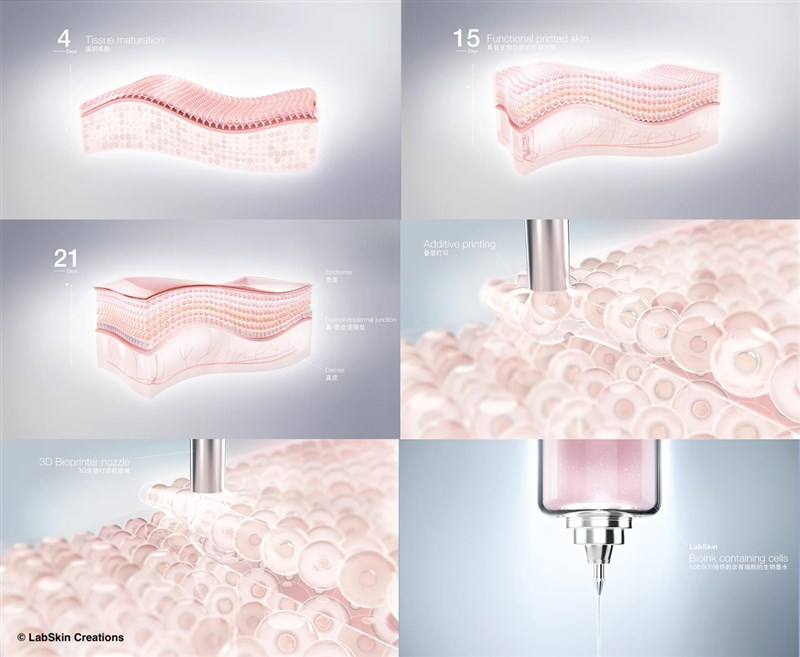
After few minutes of bioprinting, it takes only 21 days to get a mature and functional full-thickness skin tissue
including a genuine-dermis type matrix.
This bioprinted dermal equivalent supports growth and full-differentiation of keratinocytes to produce
a 3D full-thickness skin equivalent.
By precisely positioning the biological materials, biochemicals and living cells with spatial control, 3D LabSkin bioprinting approach offers significant advantages compared to the contemporary skin tissue engineering methods.
Various functional tissues can be created in a wide range of sizes and shapes, with multiple cells types in sufficient resolution to recapitulate biological function, in a high-throughput and in a highly reproducible manner.






